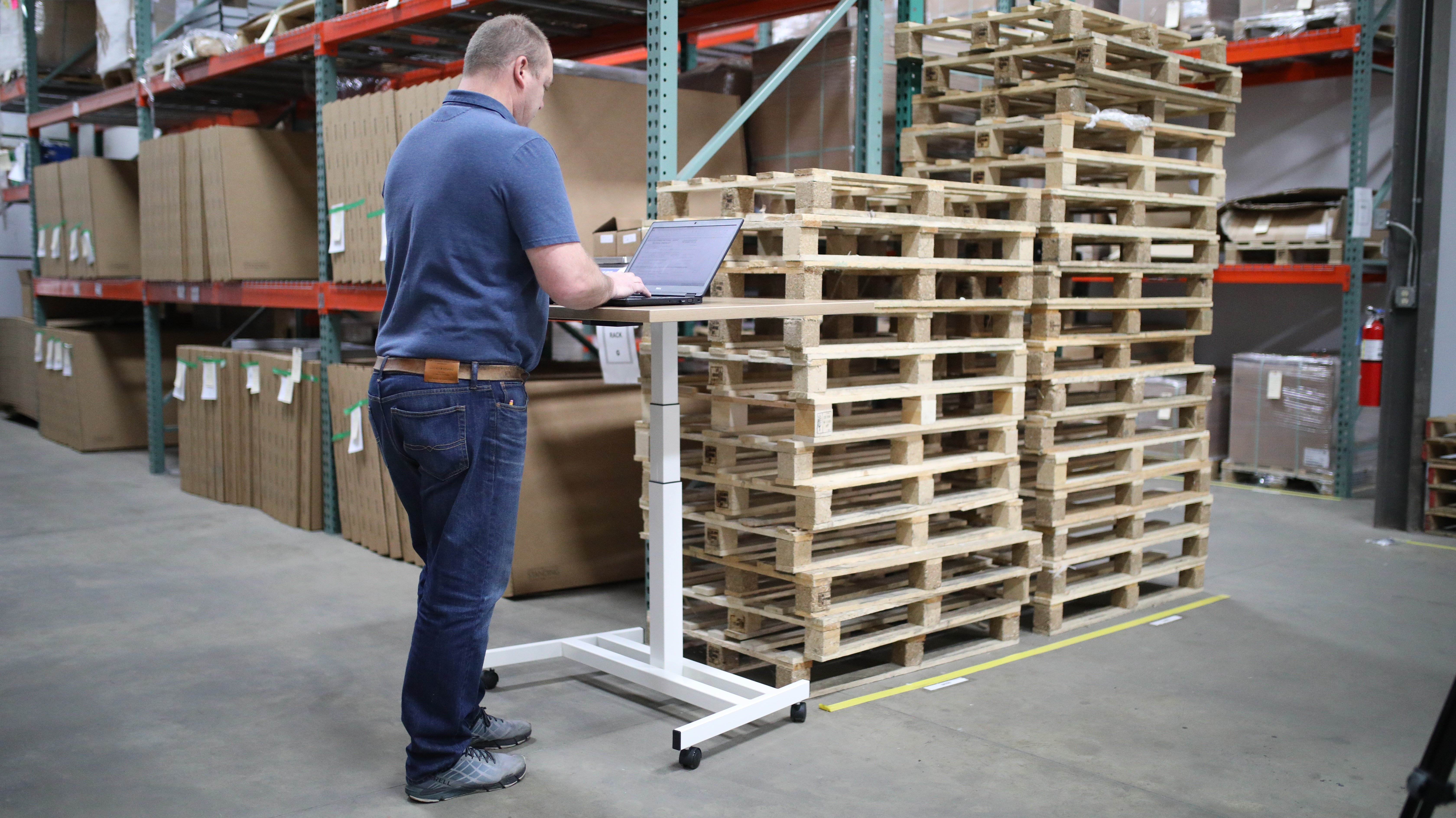Quick quiz - what manual process happens at enterprise Food & Beverage manufacturers over a million times a year (and is ripe for automation and digital data extraction)?
If you guessed something along the lines of “receiving raw material certificates from suppliers” you’re correct!
For large Food & Beverage (F&B) companies, this essential step for business operations occurs at manufacturing locations across the world multiple times a day. Every supplier shipment contains a paper Certificate of Analysis (CoA) that attests that the delivered materials fall within quality specifications, which is then checked by someone at the manufacturing facility before being filed away. In most organizations, it’s highly likely that CoAs are the most frequently exchanged quality document.
CoAs play an important role in ensuring that manufacturers have high quality materials for their products, and help to prevent supplier non-conformances that can result in in-market product issues or even recalls. But just because they’re important doesn’t mean they aren’t a hassle. Our customers have shared that each CoA typically takes 10-15 minutes to manually review and process before being recorded and filed. For an enterprise handling 1 million CoAs a year this could be the equivalent of 75-100 full-time employees' time!
Leading F&B enterprises are recognizing the opportunity of digital CoA management. They are deploying new purpose-built software applications to not only automate the receiving and processing of supplier CoAs, but also leverage machine learning to extract valuable data contained in CoAs as a part of proactive and predictive supplier quality management.
CoAs: Tedious Manual Process Critical to Supplier Quality
For enterprise F&B manufacturers, vast supply chains and manufacturing operations enable them to produce an incredible variety of items for consumers at global scale. To maintain their reputation for trusted, high-quality products, supplier quality professionals need to certify that every shipment from every supplier meets agreed specifications before being incorporated into its products. This is the role of the CoA.
To understand the outsized role this common document plays in manufacturing operations, let’s review how CoA processing occurs in a typical enterprise F&B manufacturing site.
- Customer (the manufacturer) orders materials, which are produced by the supplier against existing specifications.
- Supplier analyzes the properties critical to the quality of the produced material batch.
- Supplier reports those properties on the CoA to prove the supplied materials meet specifications and includes a paper copy of the CoA with the shipment.
- The Customer receives the shipment, and manually checks the CoA against the materials specifications. This likely involves comparing the information on the CoA against the customer’s own quality information of the material, like its specification in a PLM system:
- If the materials are not within specified ranges, they raise a supplier non conformance report (SNCR) and return the shipment.
- If the materials meet specifications, they accept the shipment and manually file the CoA.
In a top global F&B manufacturer, this might occur over a million times a year across their manufacturing locations and can take 10-15 minutes per CoA to process. On top of that, suppliers spend time and energy analyzing the produced materials, preparing CoA documents, as well as receiving back any materials the customer rejected. And by manually filing the CoAs, both parties are missing out on valuable quality data on material batches that could be leveraged for tracking and measuring material and supplier performance over time, or proactively flagging risky suppliers to reduce the risk of a marketplace incident or recall.
Given how frequently this information exchange occurs across the enterprise, both the manufacturer and suppliers are motivated to make the interaction as seamless as possible. This presents a prime opportunity to apply the latest technology to make this process easier for both sides to strengthen relationships, establish transparency, and simply make better use of everyone's time.
Optimizing a “Daily Hassle” Towards Streamlined Supplier Communication
As F&B enterprises pursue their digital transformation visions, they are seeking out opportunities where digital automation and data processing can make immediate and significant impacts. That’s why promising results from digitizing the manual, paper-based CoA process using purpose-built software are exciting leaders at some of the world’s largest F&B companies.
Recent pilot programs at Top 5 Global F&B companies have shown that digital CoA data extraction and processing significantly reduces the labor associated with CoA verification. By digitally extracting data from CoAs during intake, manufacturing sites across their global operations are saving significant time on manual input, streamlining supplier communications, and further enabling a data-driven quality approach.
Do you see potential for this use case in your organization? I’ll dive deeper into the promise and mechanics of digitizing CoA processing and data analysis in my follow-up article. Or please contact me directly (geert.vankempen@veeva.com) to set up a 15 minute conversation to explore your unique circumstances.
SHARE




